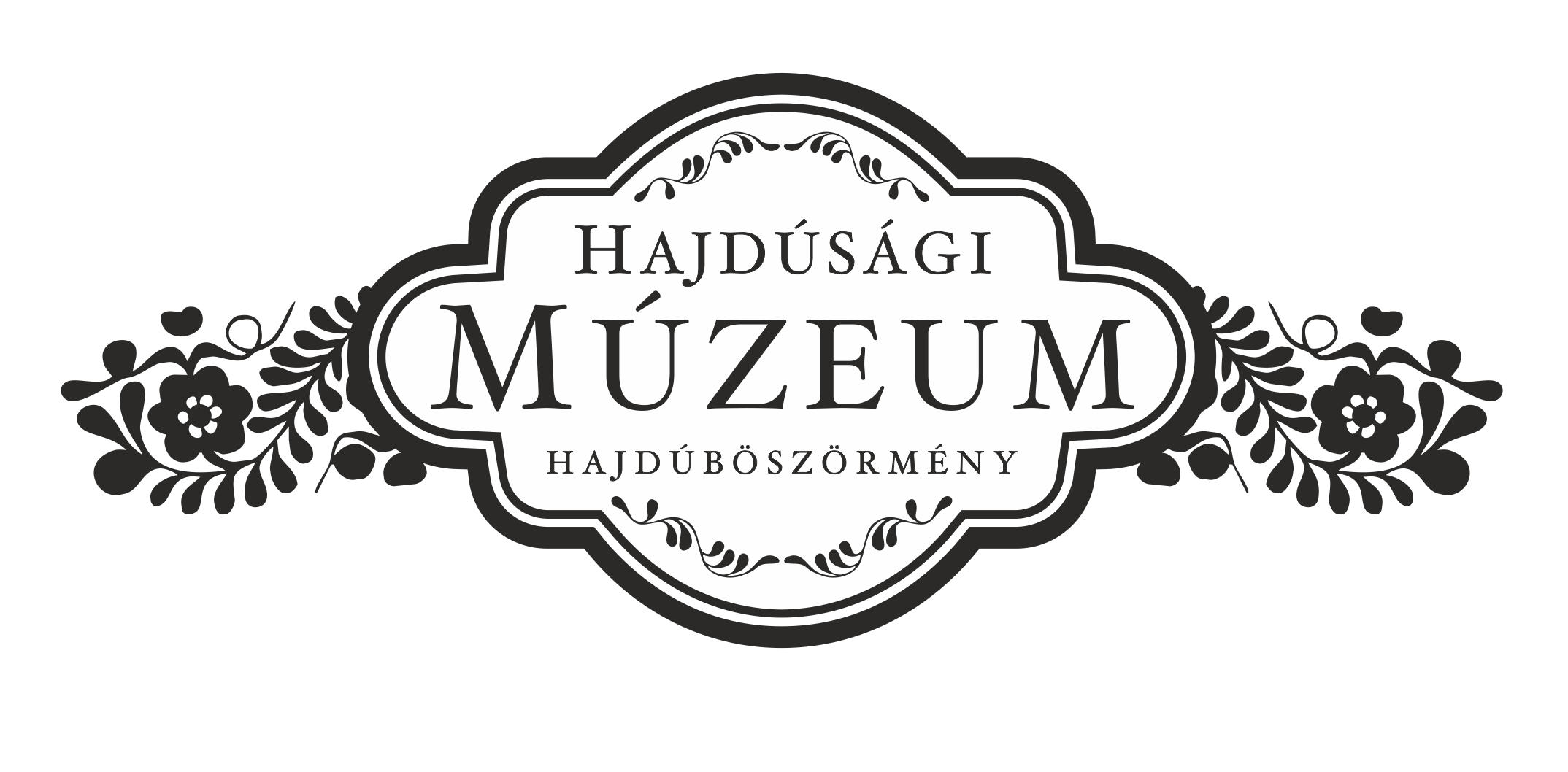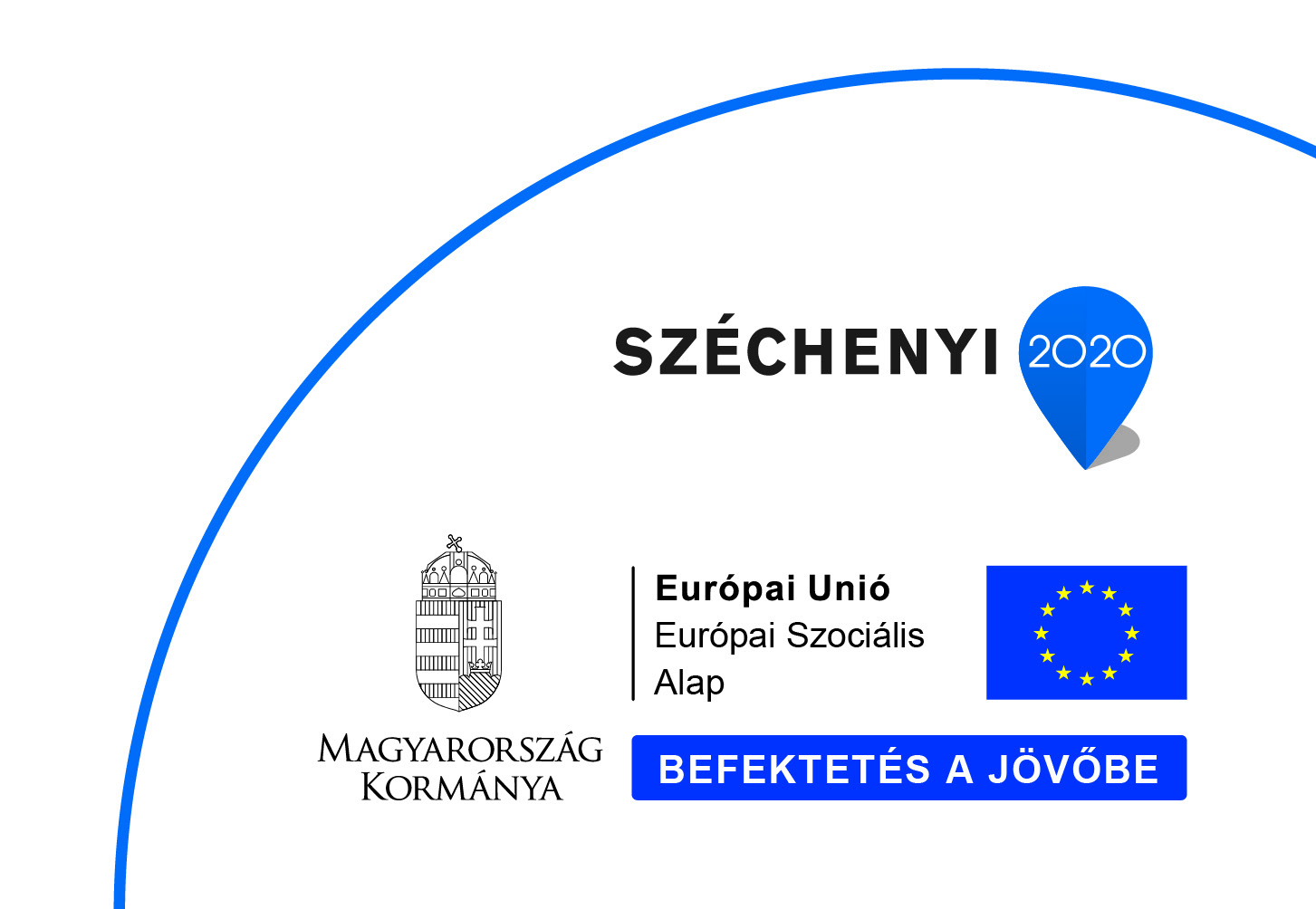The History of Hajdúsági Museum
Background
During the last third of the 19th century, several museums were established in larger towns of the countryside, county seats and district seats. However, in Hajdúböszörmény, the intellectual and cultural centre of Haiduk District, fund raising for the creation of a museum was slow to start. The first valuable objects and archaeological finds related to the history of Hajdúböszörmény were given to the Reformed Church and the presbytery. The first institute to start collecting items of historical interest was the Reformed Secondary Grammar School. The Museum Association, working within the secondary school, was, in fact, in the supply room. Although it did not organize any systematic collection of items, it took in donations. The bulk of the antiquity store was made up of a numismatic collection, however, historic, ethnographic and archaeological objects could also be found there.
1924 Initial difficulties – organizing field collection
Péter H. Fekete came to Hajdúböszörmény in 1924 to become the headmaster of the Girls’ Civil School. The town will never forget his achievements in founding the Municipal Museum of Hajdúböszörmény, and as a private person, he started collecting the historic relics of the town. As a child, Péter H. Fekete had already been interested in museum objects. He got acquainted with museological work by collecting antique coins. He also attended an archaeological course organized by the numismatic and heritage collection of the National Museum of Transylvania. After completing the course, he joined the excavation work in Szent László Cathedral, led by János Karácsonyi.
On his arrival to Hajdúböszörmény, Péter H. Fekete showed much enthusiasm in collecting antique items connected to the history of the town. Launching a campaign of raising awareness on the pages of Hajdúböszörmény és Vidéke, he seized every opportunity to draw public attention to the treasures of the past of the town and to the significance of establishing a museum. Following from his influential articles, donations of all kinds started to arrive, such as personal belongings, furniture, books and documents from the past. Inasmuch as his house proved to be too small soon, and he turned to the mayor for help in finding room for the objects and documents.
1928 The official commencement of the Municipal Museum – the first scientific institute of Hajdúböszörmény
As Károly Paksy supported Péter H. Fekete’s efforts, the Town Council made a decision on the creation of the Municipal Museum, providing a place for it in the building of the district seat, granting an annual budget for its operation and appointing a director.
”Being aware that the relics, historic objects, written and oral traditions inherited from our ancestors compose a precious remnant of the past, and assuming the responsibility of collecting and preserving them, the Town Representatives, acknowledging and approving the measures already taken by the Town Council, decree the establishment of the Municipal Museum based on the already collected historic relics and ethnographic materials, providing placement in one of the buildings in municipal ownership, currently in the district seat, giving the charge of managing and administering to Péter H. Fekete, director of the Girls’ Civil School, by accepting the proffer of his services, the right of control remaining in the Town Council’s competence as far as the establishment of a distinct museum committee becomes indispensable…”
Having obtained the municipal decree, Péter H. Fekete continued tirelessly gathering materials, at the same time, he made efforts to raise public awareness to a greater extent. He published a series of articles in the local press, entitled ”What can we collect for the Municipal Museum?” The articles later appeared as a separate publication of the Municipal Museum. His impassionate work attracted a range of invaluable objects. He never forgot to mention the names of the donators in the local paper. In favour of the preservation of archaeological finds, the mayor also published a notice in Hajdúböszörmény és Vidéke.
1937 The first Haiduk Week – The first exhibition from the collection of the Municipal Museum
The Municipal Museum accepted artefacts and documents related to the history of Hajdúböszörmény and the local folk traditions, as well as, archaeological finds from the town boundaries. By 1933, the increasing number of items gathered in the museum gave reason for the decision on delivering further premises.
Although the town provided a place for the acquired material in 1928, the museum did not dispose of exhibition areas. Work within the museum was limited to collecting and processing material. The first Haiduk Week, September 5-12th, 1937, an event of national interest, which provided the framework for the opening of the first exhibition from the collection of the museum, was a memorable turning point in the life of the Municipal Museum. The exhibition presented the history and ethnography of Hajdúság region in three showrooms, it was supplied with a short catalogue, as well as, an inventory of the objects, prepared by Péter H. Fekete. The explicit aim of the first exhibition was to help the visitors get into a closer contact with the past and teach them to appreciate it. The first unit was made up of historic material, including, among others, representations of István Bocskai and Gábor Bethlen, charters, certificates of nobility, administrative documents, correspondence and hand-drawn maps. The most valuable item of the exhibition was the original Charter of Settlement of István Bocskai. Relics of Dezső Baltazár and Pál Gönczy, historic objects connected to the War of Independence of 1848/49, to Gábor Sillye and to the craftsmanship could also be found among the 329 items of the historic unit of the exhibition. The ethnographic material was restricted to only one showroom, the most beautiful part of which were the small fur coats (”kisbunda”) of Böszörmény. At this point, Péter H. Fekete started to emphasize the necessity of turning the Municipal Museum into the museum of Hajdúság, which could represent the history and culture of the Haiduk people, which they were so proud of.
After the Second World War
The museum suffered significant damages during the Second World War, mostly at the time of the advancement of the front, when closed up premises were broken into, glass panes of the showcases smashed, objects scattered on the floor, it meant serious damages and losses for the whole collection of the museum. A new period started in 1946, when Péter H. Fekete applied to the town administration for a permanent showroom for the museum, bearing in mind plans on opening the museum for the general public, as well as, establishing a municipal public library. In January, 1946, the Town Representatives accepted the idea of the public library in a decree, and appointed the Seat of Haiduk District for both establishments. The next remarkable date in the life of the museum was 1949, when the Ministry of Religion and Public Education granted public collection status to the Municipal Museum in a regulation, this way assuring the conditions necessary for achieving actual scientific research.
1951 From the Municipal Museum – Hajdúsági Museum
The objects gathered in the antique store of the grammar school were added to the museum collection in 1950. Nationalization reached the museum in 1951, and in the same year, the name was changed to Hajdúsági Museum, implying that the collection area belonging to it was extended to all of the former Haiduk District. The first permanent exhibition was opened yet in this year, occupying six rooms of the Seat of Haiduk District.
In this new organizational framework, Péter H. Fekete carried out the excavation of the Medieval Church of Vid, which had been the most significant archaeological work of the museum so far.
30 years of Hajdúsági Museum
In a little more than a quarter of a century, the initial difficulties in collecting materials ended up in a museum of a big town on the Great Plain. Hajdúsági Museum, which started out from a private collection consisting of two vessels from the Sarmatian Period and continued its operation in a room of six square metres, now occupies 16 rooms in the prestigious building of the seat of the former Haiduk District and organizes the cultural and scientific life of Hajdúság region.
Marianna Dr. Bálint


